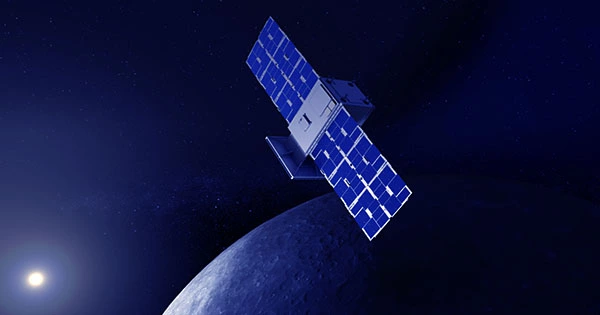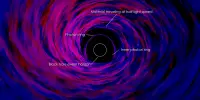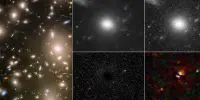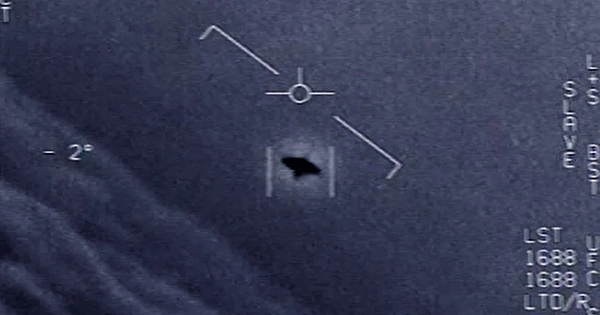A tiny satellite the size of a tissue box has accomplished a remarkable accomplishment by using laser communications to beam data from space to Earth at a record-breaking rate.
NASA recently reported that its TeraByte InfraRed Delivery (TBIRD) system broke its previous record of 100 gigabits per second by transmitting data from orbit to a ground station on Earth at a rate of 200 gigabits per second.
The data transmission rate is the highest ever for a space-to-ground optical communications system. “Achieving 100 Gbps in June was groundbreaking, and now we’ve doubled that data rate—this capability will change the way we communicate in space,” TBIRD mission manager Beth Keer is cited as saying in a NASA statement.
TBIRD was launched in May 2022 by NASA’s Pathfinder Technology Demonstrator 3 (PTD-3) satellite. The CubeSat is intended to test laser communication technology, which uses invisible beams to convey data to and from Earth.

TBIRD downlinked data to a NASA-run optical ground station during its most recent test, precisely pointing its laser on the ground-based receiver in Table Mountain, California.
Currently, NASA uses the same technology as car radios or cellphone towers to transfer data to and from its orbiting spacecraft via radio waves. NASA is thinking about more efficient ways of communicating as it prepares to send people to the Moon and beyond. According to NASA, transitioning from radio frequency broadcasts to laser communication would be like going from dial-up to high-speed internet.
Data is packed into the oscillations of light waves in lasers, encoding a message into an optical signal that is transmitted to a receiver via infrared rays that the human eye cannot see. This technique has the potential to boost data speeds, allowing satellites to send and receive more data in a single transmission than standard radio waves.
“Imagine the power of space science instruments when they can be designed to fully exploit advances in detector speeds and sensitivities,” Keer added. “Laser communications is the missing link that will enable future scientific discoveries.”
















